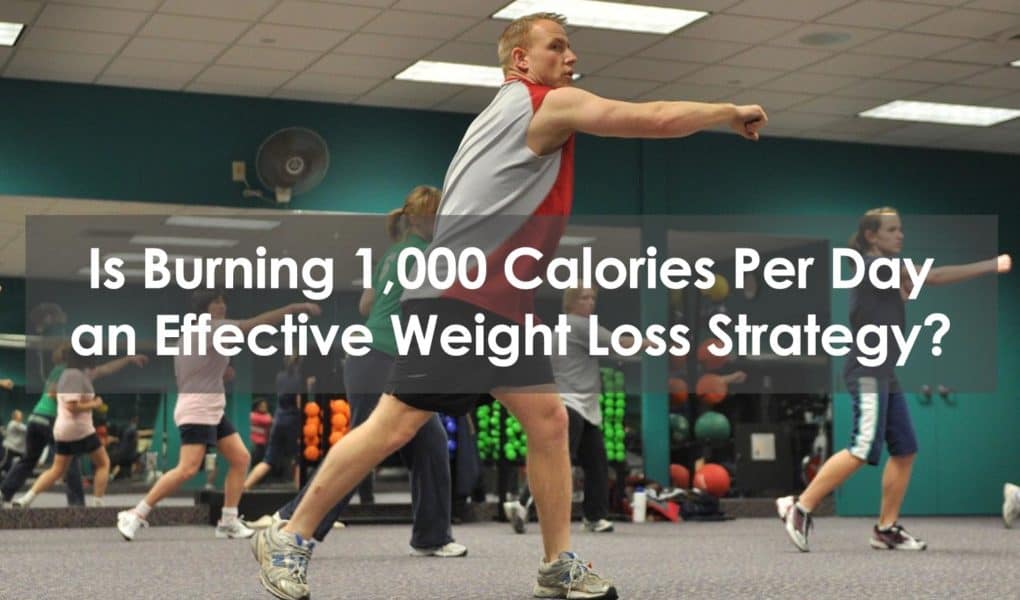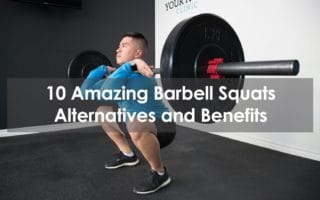Warning: If you’ve arrived at this article because you Googled, “how to burn 1,000 calories per day”, I’m probably about to make you mad.
Someone who is hyper-focused on calorie burn and finding the perfect 1000-calorie workout is, most likely, overweight and looking to lose body fat. Or it could be someone who is actually at a healthy weight but thinks they still need to lose more body fat to achieve their dream body. Perhaps you are not technically overweight, but you’re still flabby and “skinny-fat” and think more cardio must be the answer.
If that describes you, then I’m about to give you a truth bomb that will, in the end, help you along your health journey, if you accept it.
Here’s the truth bomb: If your goal is fat loss, stop looking to exercise – especially cardio exercises – to help you burn calories.
Curiosity piqued? Ok, read on.
Rule of thumb
As training and body composition expert Aadam Ali of Physiqonomics puts it in this helpful Instagram post:
For fat loss: make nutrition the priority and have your training support it.
If you’re looking to lose body fat, the place to reduce your calories is on your plate, not in the gym doing a 2-hour treadmill workout or at home doing a crazy 1,000 calorie workout with 1 million jumping jacks with 20-pound ankles weights.
Why is this?
Inaccurate calorie estimation
As this study demonstrates, people are usually wildly inaccurate at estimating both the calories on their plates and the calories they burn during exercise. You can certainly use a calculator like this one to estimate how many calories per hour are burned through various types of exercise, but it’s still likely to be just a ballpark guess. Calorie burn and metabolic rate vary dramatically from individual to individual and depend on many factors, including your weight and body composition, fitness level, how hard you’re actually exercising, etc. What typically happens in this situation is that you overestimate how many calories you burn from an intense workout, get intensely hungry at your next meal, and underestimate how much you actually eat…thus eating back both the calories you burned and eating several hundred extra calories on top of that.
Unsustainable cardio requirement
Furthermore, the amount of exercise required to maintain a calorie burn of 1000 calories consistently over many days, weeks, and months (which is what is required to lose body fat) is simply unsustainable and unrealistic for 99.9% of people. For example, according to the above calculator, a 125-pound person would need to play an intense game of basketball at a steady pace for an hour, plus an hour of high-impact exercises on the aerobic steps, just to get in the 1,000 calorie burn range. I can almost guarantee you that if you are doing this much cardio (doesn’t matter if it’s aerobic exercise or HIIT workouts), you don’t have any time left for the type of training that is most important to prioritize in calorie deficits — strength training. You would be much better served to forget about calorie burn, skip the cardio entirely, do one-hour strength training, and then focus on tracking your food to ensure you’re in a calorie deficit. This will allow you to maintain or even grow muscle mass and avoid the burnout that will surely come if you’re training to burn so many calories in the gym.
The costs of cardio
In his article entitled “The Cardio Comedown”, fitness expert Menno Henselmans gives some sage, professional advice, telling us to bear in mind that “the calories you burn with your cardio come at a cost.”
Looking to cardio to get you into a calorie deficit, instead of focusing on your dietary calorie intake, requires excessive time and energy, as we saw in the previous sections.
But not only that, doing excessive cardio and extra high-intensity exercise on top of weight lifting has the potential to interfere with the strength and muscle gains that you’re looking to achieve from your strength training. This principle is known as the interference effect, and it basically says that you cannot serve two masters in the gym. You must choose which one is your priority — strength training or whatever form of cardio you’ve been doing. Your body cannot adapt in both directions.
Once again, let me reiterate that if your fitness goals revolve around body composition, your goals in the gym should revolve around lifting weights and getting stronger. You can do some cardio if your individual circumstances permit, specifically if it’s something easy like walking. But your primary goal in your exercise routine should be resistance training — either lifting weights or building strength through bodyweight exercise.
As you get stronger in the gym, you will also build muscle, assuming you’re eating sufficient protein (at least 1 gram per pound of body weight). And if your daily calories are set low enough to allow for steady fat loss, over time and with patience your body will start to look lean, toned, and muscular.
So should I do that 1000-calorie workout routine I found on YouTube?
You can, if your goal is simply to challenge yourself occasionally or have a benchmark routine to keep coming back to in order to evaluate your conditioning. If you do choose to do these workouts, keep in mind that you will probably be ravenously hungry and likely dehydrated afterward — make sure to replenish your electrolytes with ample amounts of sodium and potassium.
But please, do not look at these types of hardcore exercises in a 1000-calorie workout to burn calories and lose weight. It is simply not sustainable over the long haul and will only result in burnout, possible loss of muscle mass, and continued dissatisfaction with your body composition.
Instead, find a strength training routine you enjoy, or a coach you respect who will teach you to get stronger. On top of that, you can do moderate amounts of cardio, preferably on days you’re not lifting weights, simply to move your body, aid recovery, improve cardiovascular health, and get fresh blood circulating around your body.



